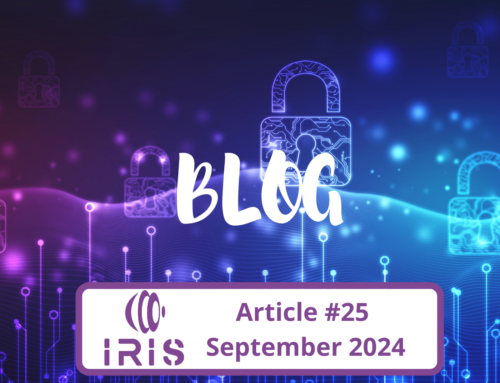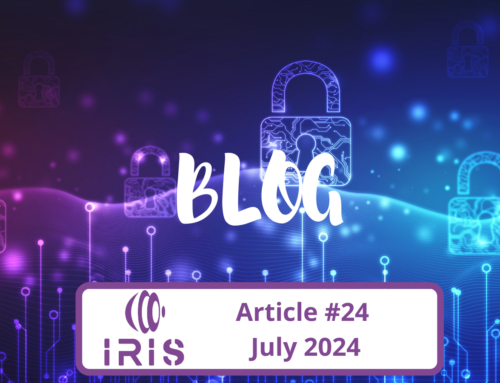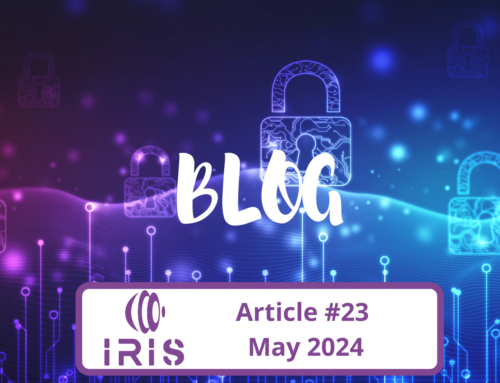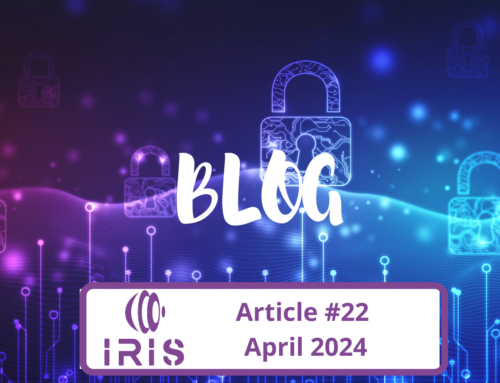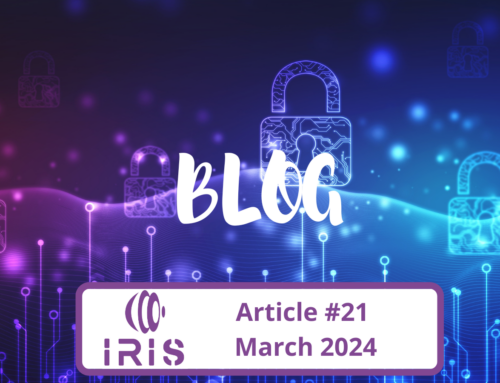Enhancing Energy Infrastructure Security Through Cross-Border Collaboration: PUC3.
Amidst the critical significance of cybersecurity within the energy domain, Pilot Use-case 3 (PUC3) in the IRIS project is dedicated to providing an infrastructure for testing and refining security measures in cross-border cities Tallinn and Helsinki.
PUC3 aims to enhance the security of energy infrastructures by evaluating the capabilities of IRIS in mitigating cyber threats targeting cross-border energy smart grids. Furthermore, the pilot plays a vital role in training cybersecurity experts to effectively handle complex and emerging cyber threats, making it a valuable component in enhancing the overall resilience and security of smart cities. So far, significant progress has been made in PUC3. Infrastructure components were precisely defined for piloting, enabling a clear understanding of the essential building blocks that constitute the energy infrastructure between Tallinn and Helsinki.
Within the PUC3 scenario, the infrastructure involves a dynamic interaction between Tallinn substation’s distribution components and Helsinki’s consumption devices. In the scenario, the Distribution System Operator (DSO) coordinates the energy flow, managing the distribution of electricity through substation and controlling consumption through demand response mechanisms. A Threat Actor represents potential malicious entities seeking to exploit vulnerabilities in the system. This scenario simulates the interaction between these two key actors, offering valuable insights into how cybersecurity measures can be refined to safeguard the energy infrastructures.
The logic behind connecting the infrastructures of Tallinn and Helsinki in PUC3 is to create a linear system where Tallinn serves as the energy distribution partner and Helsinki as the consuming partner. This concept allows for a realistic simulation of the energy flow between the two cities, enabling the evaluation of cybersecurity and privacy risks.
By protecting both ends, the project aims to ensure the accuracy of automated decisions and mitigate potential risks in the real-world energy distribution process. It’s important to note that while the systems are real, the entire scenario is simulated to test and enhance the cybersecurity measures effectively. The logic between the components and main actors can be seen on the diagram below.
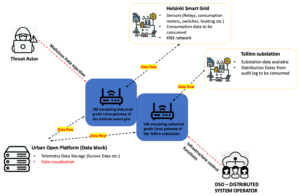
Furthermore, the integration of data from the infrastructure components is nearing completion, establishing the groundwork for device virtualization and the creation of a test environment to validate cybersecurity measures.
Virtualisation is essential for establishing the Virtual Cyber Range (VCR) to facilitate collaborative training and enhance the smart grid’s capabilities in accurate energy forecasting and incident response training.
In the following diagram, you can find more information about the components that constitute the infrastructure.

